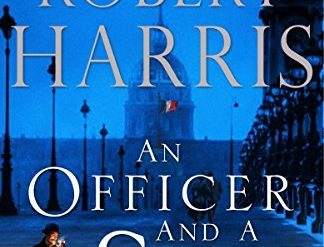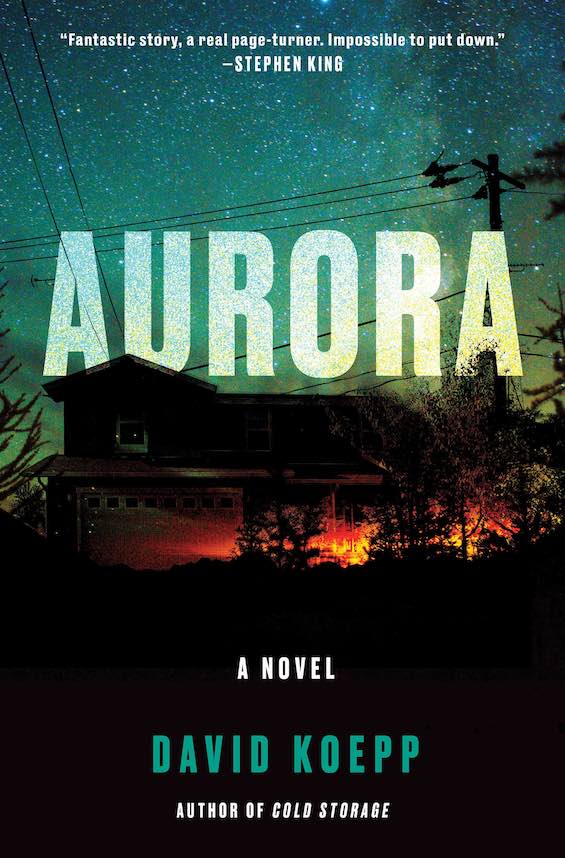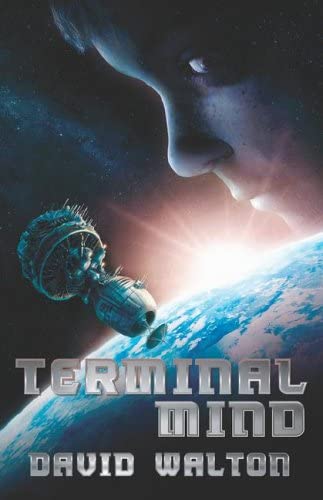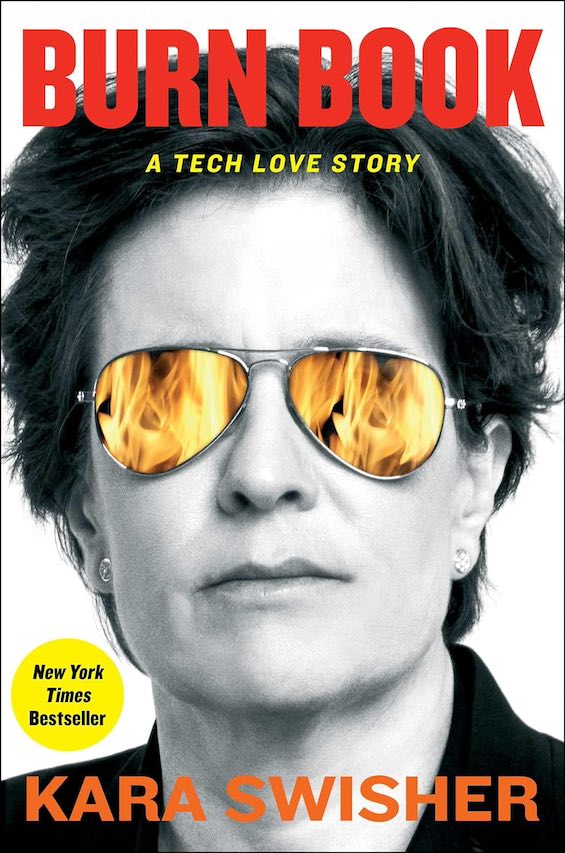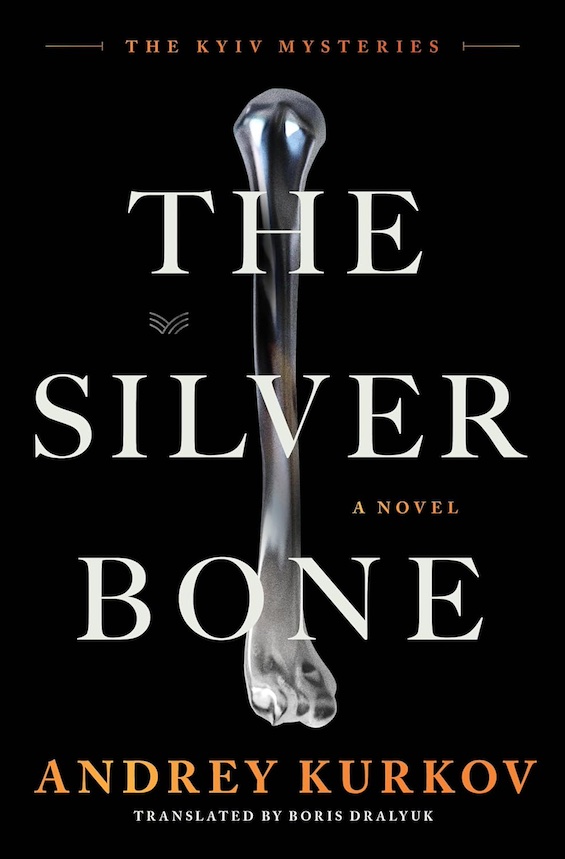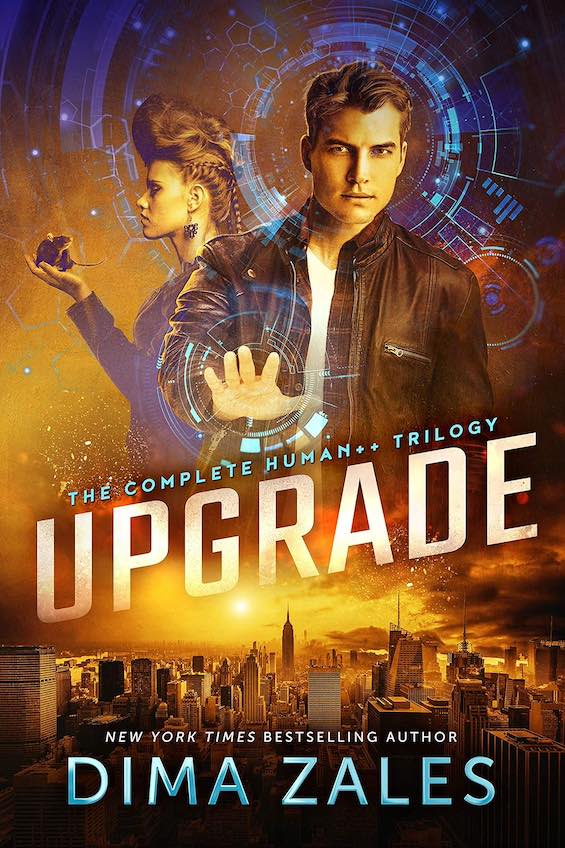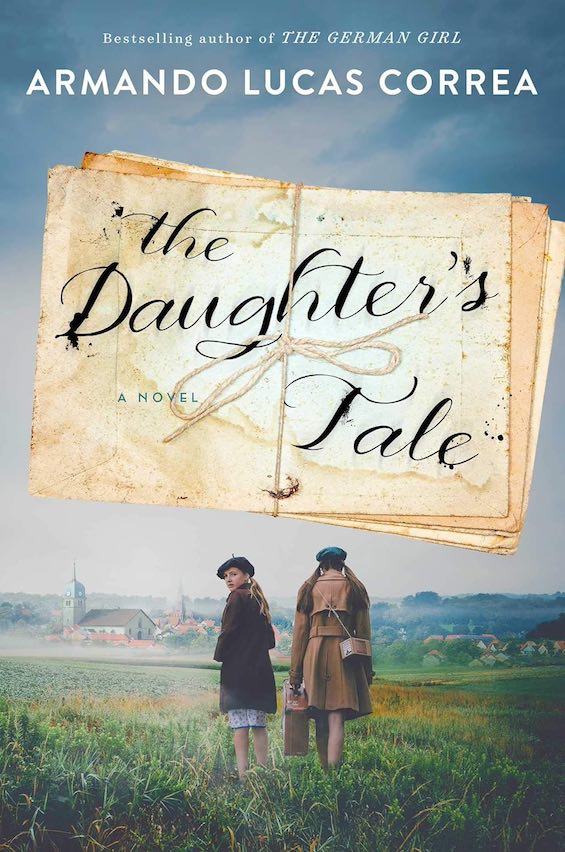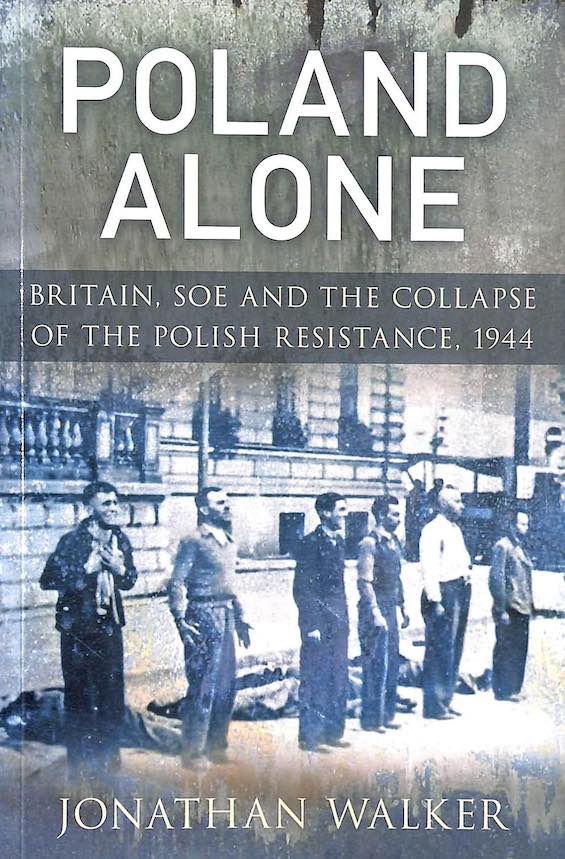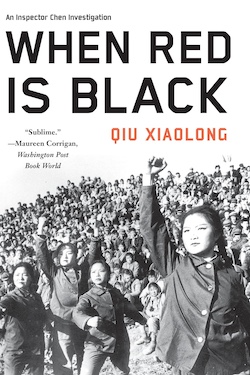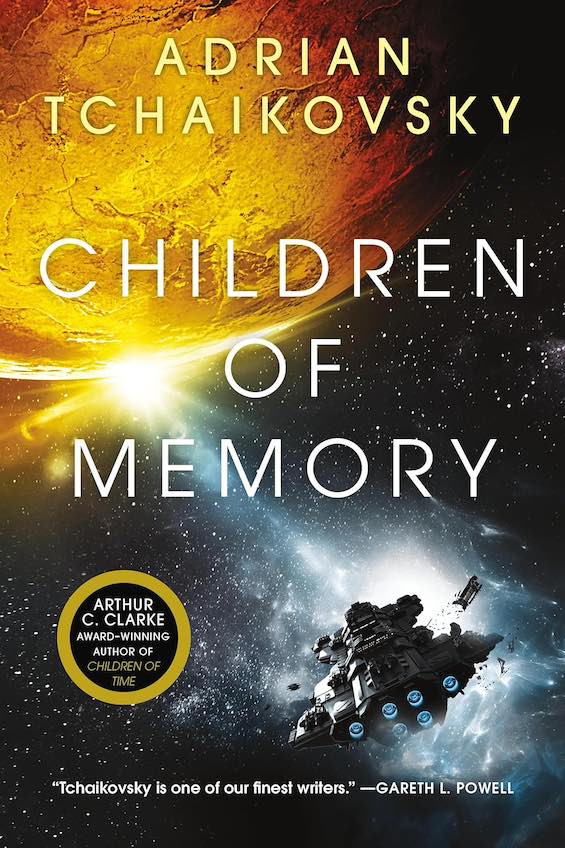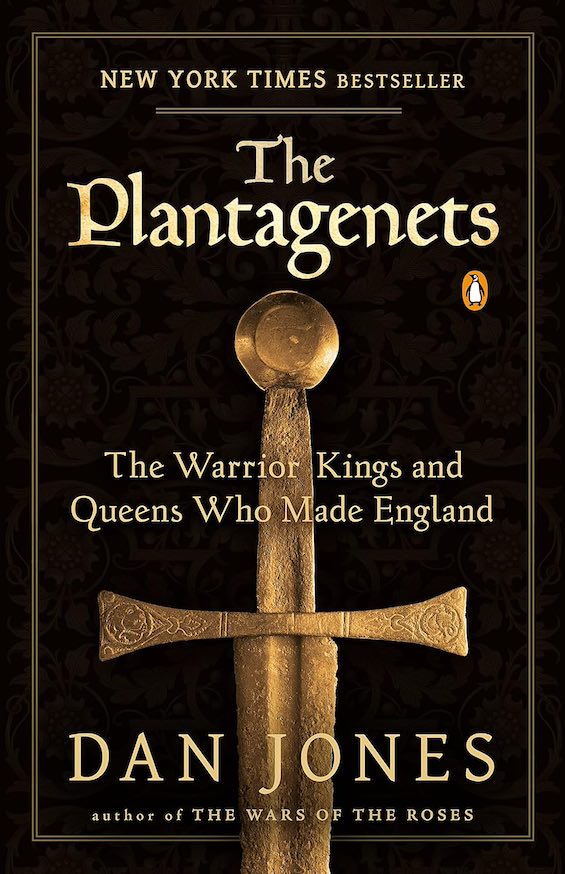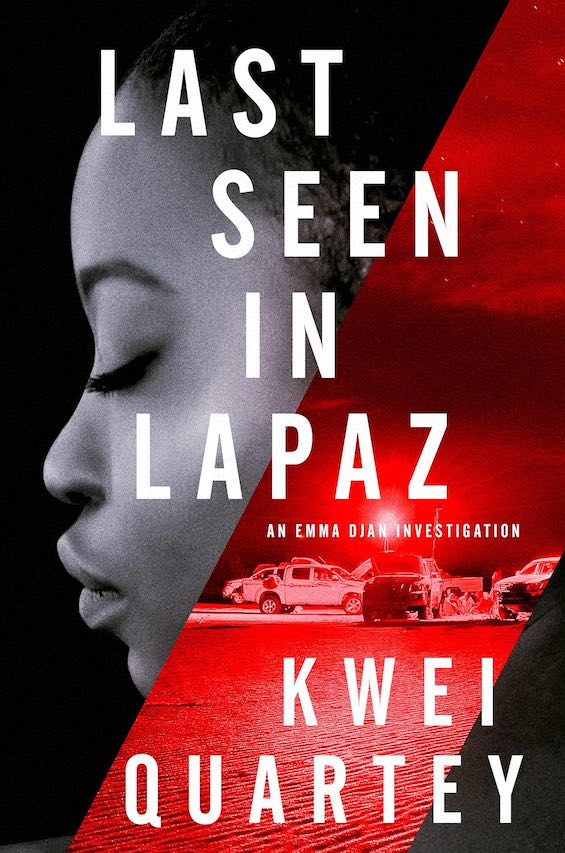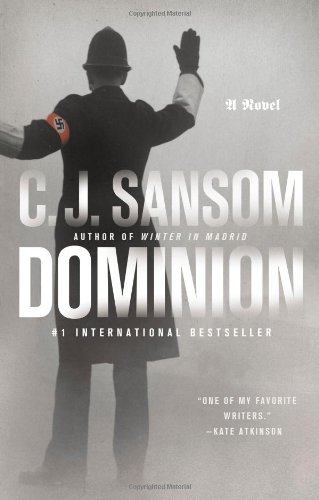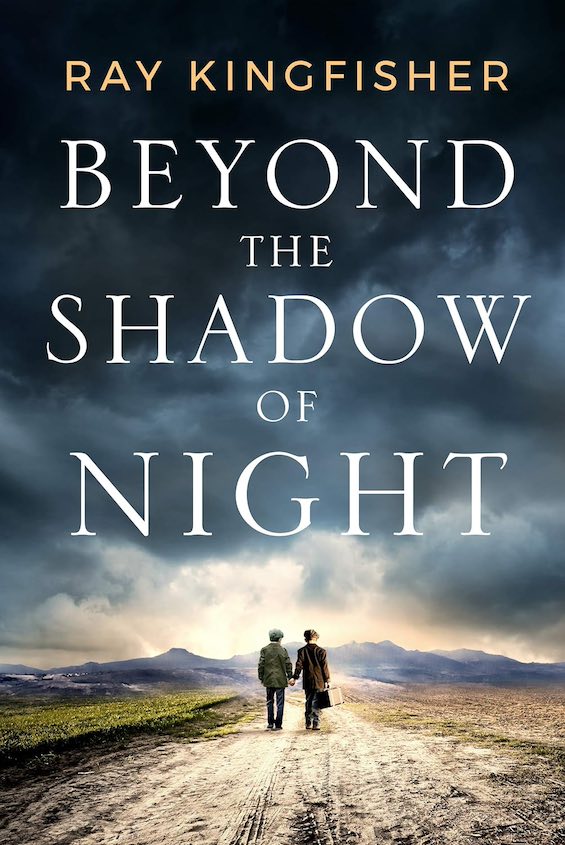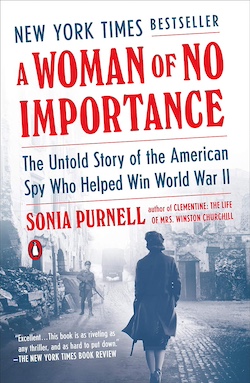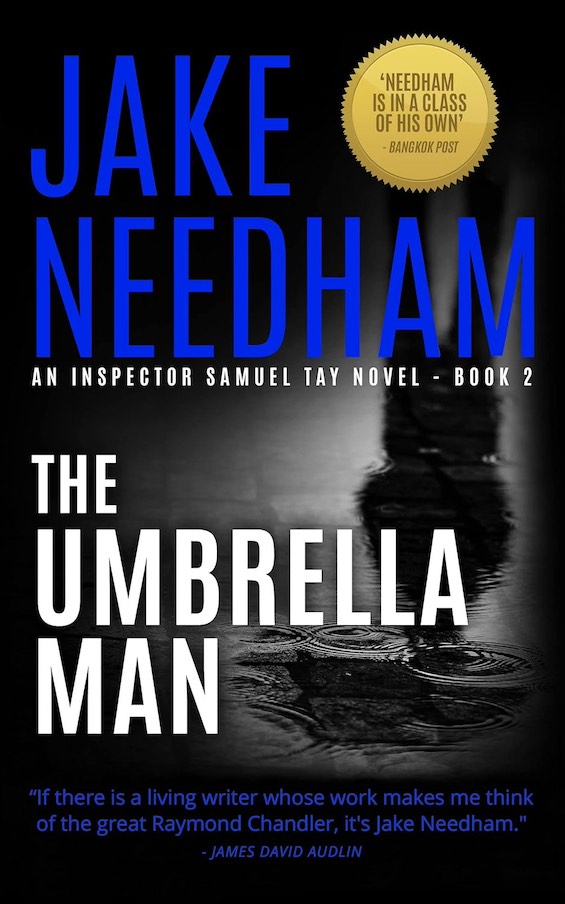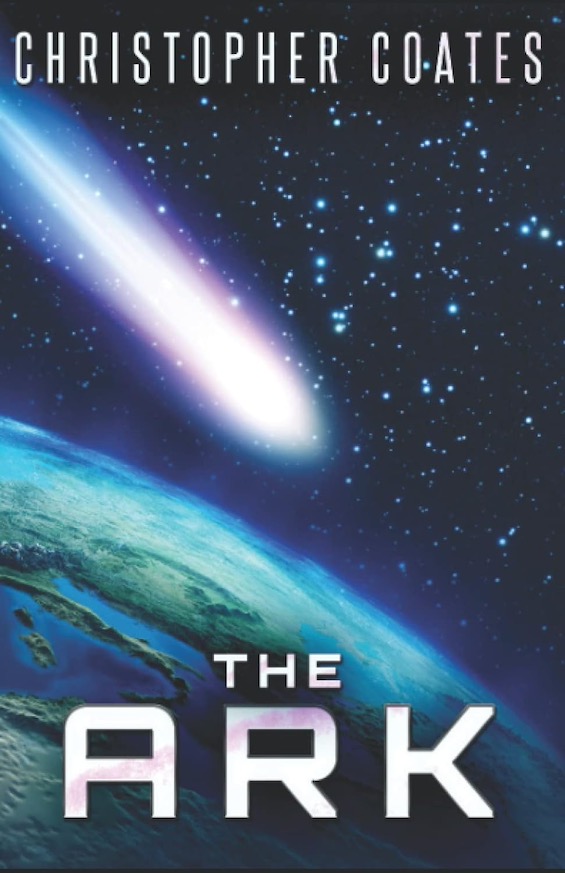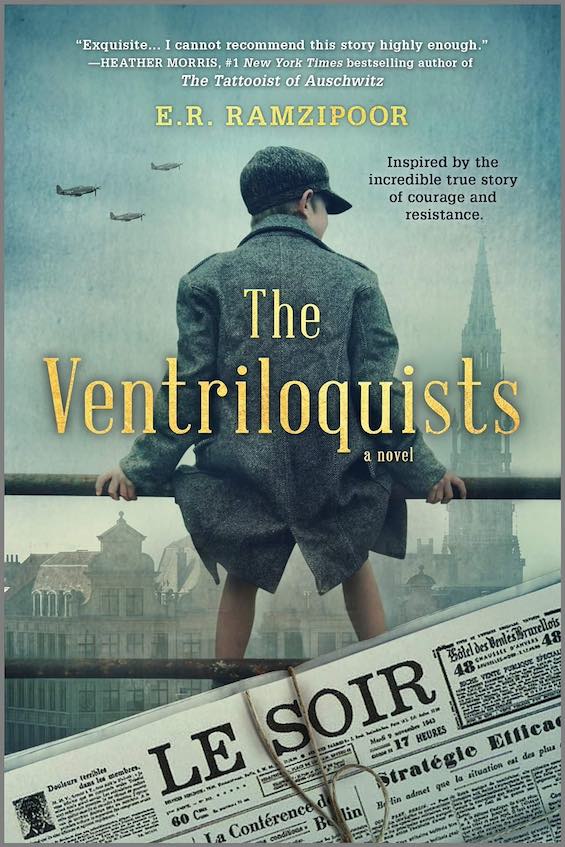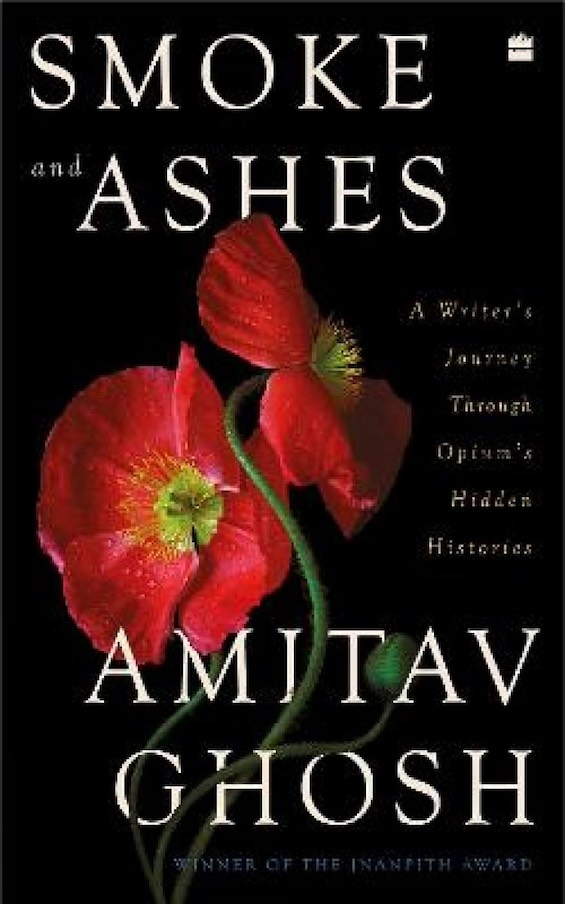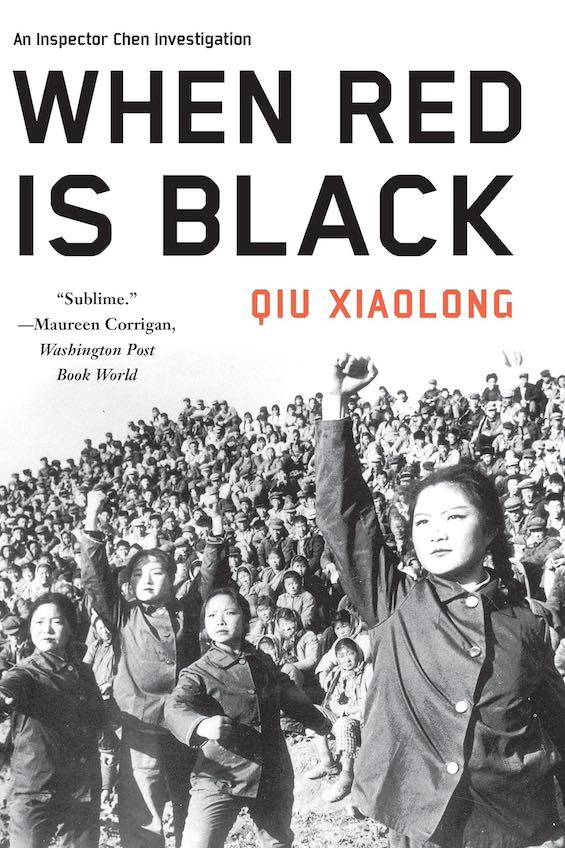
Time travel is one of the most familiar tropes in science fiction. Many scholars trace the idea to Charles Dickens in A Christmas Carol (1843) and Mark Twain in A Connecticut Yankee in King Arthur’s Court (1889). (Others differ, finding antecedents as early as 1733 in Samuel Madden’s Memoirs of the Twentieth Century.) But time travel’s first occurrence in modern science fiction came in 1895 with the publication of H.G. Wells’ The Time Machine.
Estimated reading time: 13 minutes
Early in the Golden Age of Science Fiction, time travel anchored popular works such as L. Sprague de Camp’s novel, Lest Darkness Fall (1939), Robert Heinlein’s By His Bootstraps (1941), and A.E. van Vogt’s The Seesaw (1941). Prominent later examples include Isaac Asimov’s A Pebble in Time (1950), Ray Bradbury’s A Sound of Thunder (1952), Alfred Bester’s The Stars My Destination (1956), Harry Harrison’s The Technicolor Time Machine (1967), and Robert Silverberg’s Hawksbill Station (1968). During the first half-century of modern science fiction, it was rare for any well-established author not to write at least one time travel novel. Many wrote several.
Having read many of the time travel stories published during the genre’s early years, I’ve concentrated largely on more recent works. Below I’m listing the best of those I’ve encountered so far. They’re listed in alphabetical order by the authors’ last names.
This post was updated on November 13, 2023.
The best time travel novels
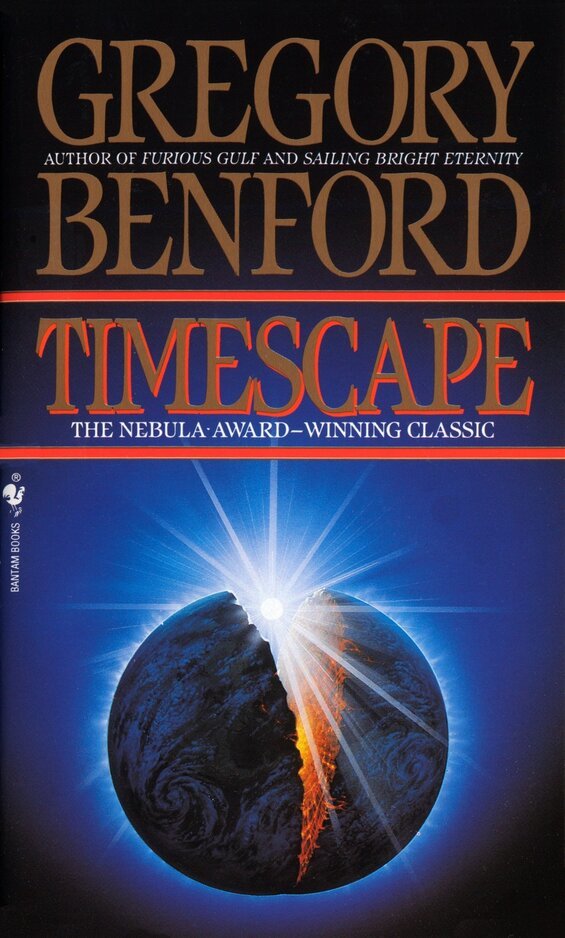
Timescape by Gregory Benford (1980) 514 pages ★★★★☆ – An ingenious twist on time travel
Physics can drive you crazy. Solid matter isn’t solid. Black holes don’t just make matter and light disappear; they suck up information, too. And Schrödinger’s cat is both alive and dead at the same time. Go figure. And if paradoxes like these rattle your nerves, you may want to avoid reading Gregory Benford’s masterful hard-science-fiction novel about time travel, Timescape. It’s a brilliant story, and gracefully written. But it will challenge your reading comprehension unless you’re well versed in contemporary physics.
Timescape is a story of unintended consequences, of husbands and wives, of environmental collapse, and of academic politics. But above all it’s an account of how scientific research is conducted in the age of Big Science. And Benford indulges his characters’ tendency to think aloud about the most profound questions in theoretical physics. It’s far above the level of most people’s understanding, or at least above mine. But the story at the core of this novel is suspenseful to a fault and beautifully executed. Read more.
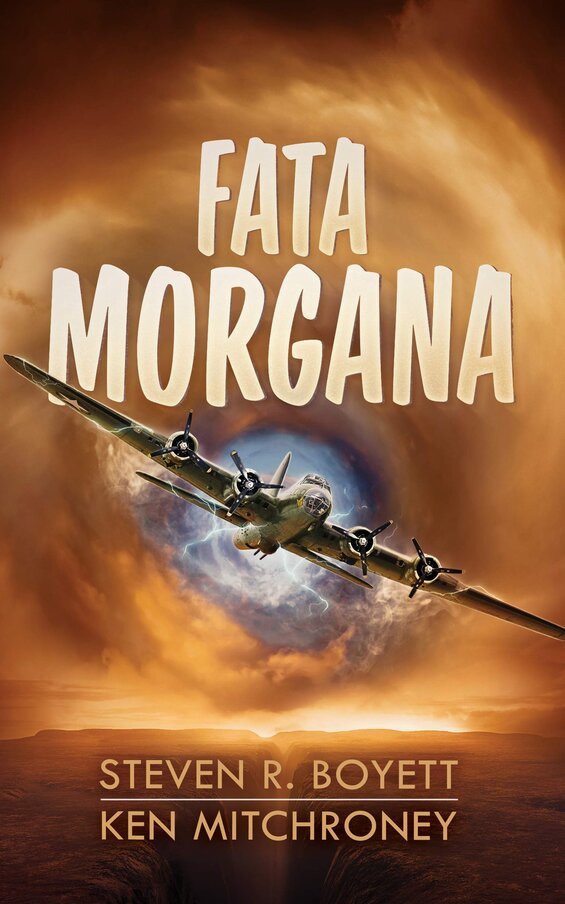
Fata Morgana by Steven R. Boyett and Ken Mitchroney (2017) 384 pages ★★★★☆ – Clever plot twists in a time travel tale
Science fiction authors love time travel stories, because it affords them abundant opportunities to build plots full of clever plot twists and turns. Sometimes the surprises are really anything but shocking. But that’s not the case with the ingenious tale Steven R. Boyett and Ken Mitchroney have written under the title Fata Morgana. Perhaps someone more discerning than I am could suss out the plot twists in advance, but I was taken aback when the reality descended on me of what really happens in this well-paced story.
In several opening chapters, Boyett and Mitchroney paint a detailed and engrossing picture of the experience of an American bomber crew based in England during World War II. Those chapters read like a well-researched and capably written war story. I read a great deal about World War II, but what I found here was revealing. In fact, both the beginning and the end of this book, which deal with the bomber crew’s experiences during the war, are exceptionally good. And the clever plot twists add a layer of fun. Read more.
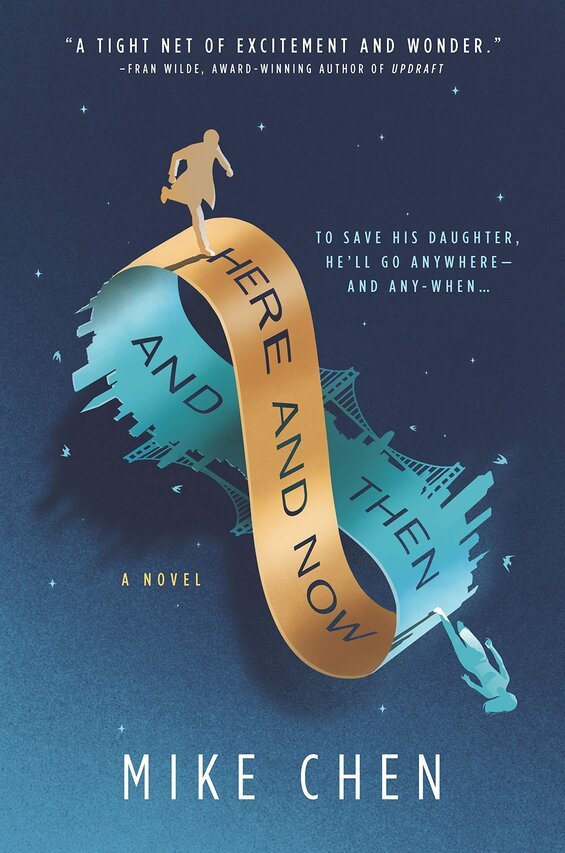
Here and Now and Then by Mike Chen (2019) 336 pages ★★★★☆ – A novel treatment of time travel in this promising science fiction debut
Time travel is one of the themes most commonly found in classic science fiction. But it’s taken a back seat in recent years to dystopian novels and space opera, not to mention epic fantasy (which I don’t consider science fiction at all). Of course, time travel back to the past has no basis in known science (although relativity makes time travel forward quite easy). But the paradoxes that open up in any logical treatment of the subject offer a wealth of possible plots. That’s the opening for suspense that Mike Chen found in his promising science fiction debut, Here and Now and Then. Read more.
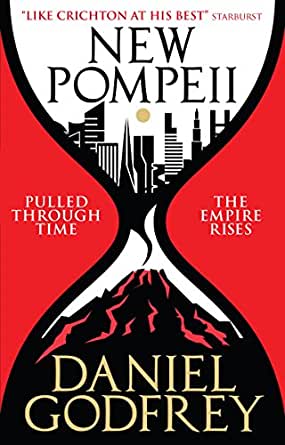
New Pompeii by Daniel Godfrey (2016) 352 pages ★★★★☆ – It’s not time travel. But it looks like it.
In a brief prologue, we meet Manius Calpurnius Barbatus, duumvir (co-ruler) of Pompeii, and his young adult daughter, Calpurnia. They are cowering in the mounting ashfall from Mt. Vesuvius as it gradually buries their town. Much will happen before we meet them again. But then they will play major roles in this intriguing story.
On one track in the story, a young woman named Kirsten Chapman faces years of terror. She repeatedly finds herself submerged in a bathtub in a locked room, only to be jerked back there soon after she emerges. On the other, major track, a young history graduate student named Nick Houghton faces the ruin of his career. Cutbacks decimate the faculty and fellowship funds at his “third-rate university” in England, and he is certain to lose his stipend. But Nick is not trapped in his depressing reality. For suddenly he finds himself employed by a company called Novus Particles UK LLP, or NovusPart, which has somehow muddled into a way to meddle with the timeline. Read more.
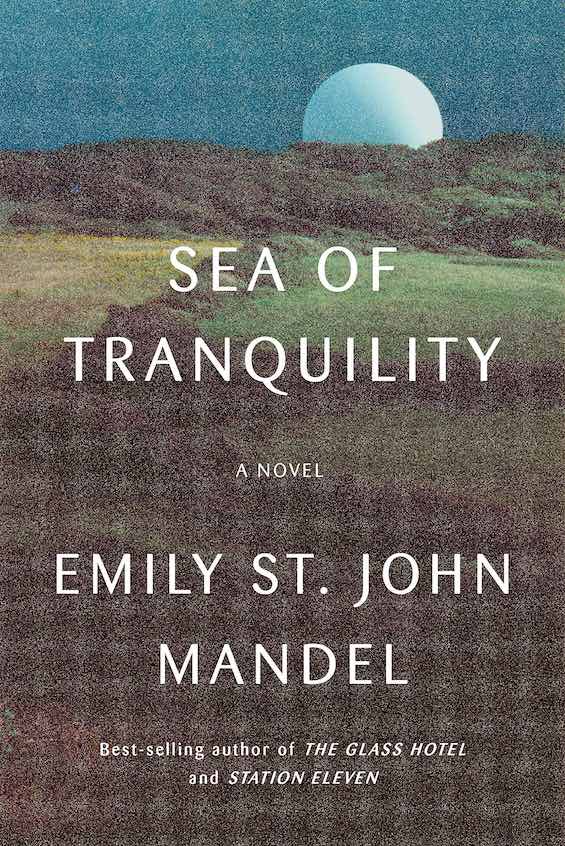
Sea of Tranquility by Emily St. John Mandel (2022) 218 pages ★★★★★ – Emily St. John Mandel writes about a pandemic again
Emily St. John Mandel came to the attention of millions of readers worldwide with the publication of her third novel, Station Eleven. The book has sold at least 1.5 million copies and elevated Mandel to the ranks of superstar status in the literary firmament. Perhaps it was foreordained that a beautifully written novel about a pandemic would sell so well while COVID-19 ran rampant across the globe. And, with COVID still upending lives everywhere, we might expect that her sixth novel, Sea of Tranquility, which is also about a pandemic, would hit the bestseller lists, too.
Mandel writes science fiction with the science largely in the background. In Sea of Tranquility, she uses the time-honored sci-fi device of time travel to illuminate the lives of a handful of characters who are linked together across five centuries. Time travel is a given in the story, simply an artifact of the reality Mandel imagines. It’s the characters we care about as we shuttle back and forth from 1912 to 2020 to 2203 to 2401. The story hangs on a pandemic, but it, too, is merely a pivot in the plot.
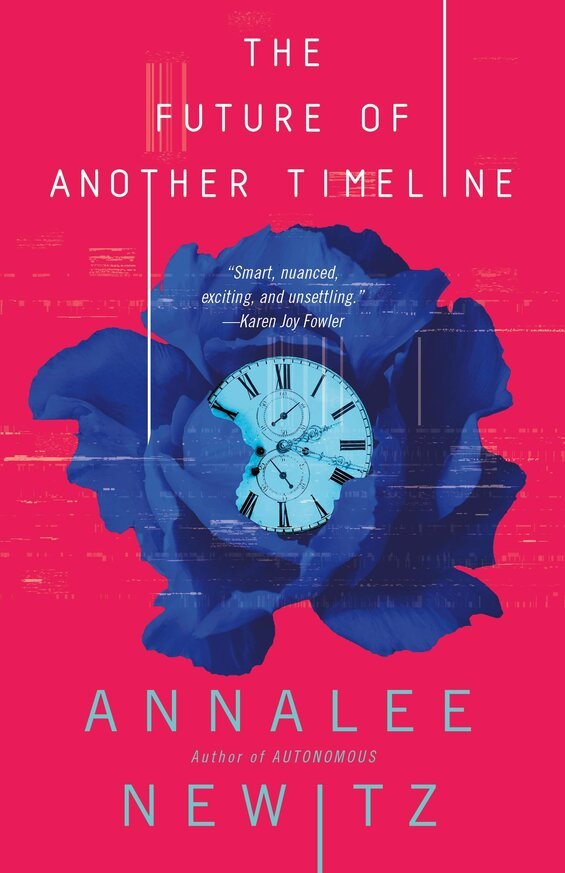
The Future of Another Timeline by Annalee Newitz (2019) 344 pages ★★★★☆ – Alternate feminist history by a gifted science fiction author
What is history, and how does it work? We know, of course, that history isn’t fixed and immutable. It’s subject to the revision and reinterpretation of successive waves of scholars. Sometimes the fresh approach is based on new information that comes to light. But more often what we call history is merely a story historians tell us using carefully selected facts filtered through the cloudy lens of their own values and beliefs. We know, too, that history doesn’t travel in straight lines. But what makes it swerve? Indeed, how does change happen? Is it the product of the individual genius of so-called Great Men or the inevitable outcome of the ideas and social movements that engage a nation or an era? These are among the questions explored in Annalee Newitz’s thought-provoking feminist alternate history, The Future of Another Timeline. Read more.
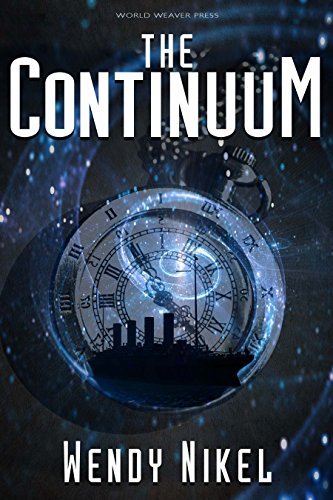
The Continuum (Place in Time #1) by Wendy Nikel (2018) 174 pages ★★★★☆ – An ingenious take on time travel
Novels about time travel frequently twist themselves into knots about the paradox that comes into play when travelers attempt to change something in the past that might mean they would never have been born. In The Continuum, the first of a series by science fiction newcomer Wendy Nikel, the grandfather paradox never surfaces . . . but somehow it seems that it ought to. The novel is a truly original take on time travel.
Here’s what you need to know about Wendy Nikel’s universe:
- The discoverer of time travel, a certain Dr. Wells, has opened the Place in Time Travel Agency, or PITTA.
- You can only travel back in time to dates that are one or more centuries in the past on precisely the same day, time, and place from which you leave.
- To return to the present, you press your thumb on a small spherical device called a Wormhole. So, be sure not to lose it! (As I said, this is an original take on time travel.)
- But you’re not supposed to travel back to key turning points in history. Those are Black Dates. They’re a no-no.
- The heroine of this novel is young Elise Morley, who is a Retrieval Specialist for PITTA. Her job it is to rescue clients who have disregarded the rules by going to when they shouldn’t or attempting to overstay their time in the past. Read more.
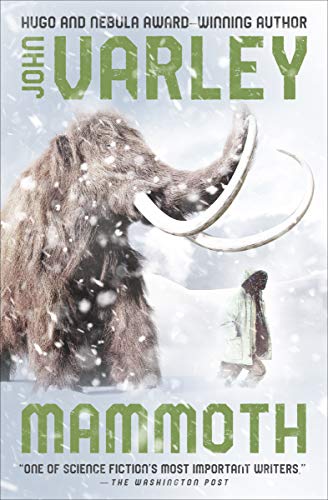
Mammoth by John Varley—A novel about time travel featuring wooly mammoths and an eccentric billionaire
The concept of time travel as it’s typically treated in science fiction is a straightforward affair. You’ll find that in almost any novel about time travel. Somebody figures out how to build a “time machine,” steps into the chamber, and—presto, change-o—ends up somewhere back or forward in time. Maybe a hundred years in the past or future, maybe 100,000. In any case, it’s all a matter of finding a way to locate a particular spot on the continuum of time and violating the laws of physics to get there. Well, if you’re skeptical, as I certainly am, you’ll find an entirely different view of time and time travel in John Varley’s supremely entertaining novel, Mammoth. And along the way you’ll learn a good deal about the spectacular fauna of North America in the Pleistocene Era more than 12,000 years ago. Oh, and by the way, there’s also hidden in the text a novel explanation for UFOs, or Unidentified Aerial Phenomena. Read more.
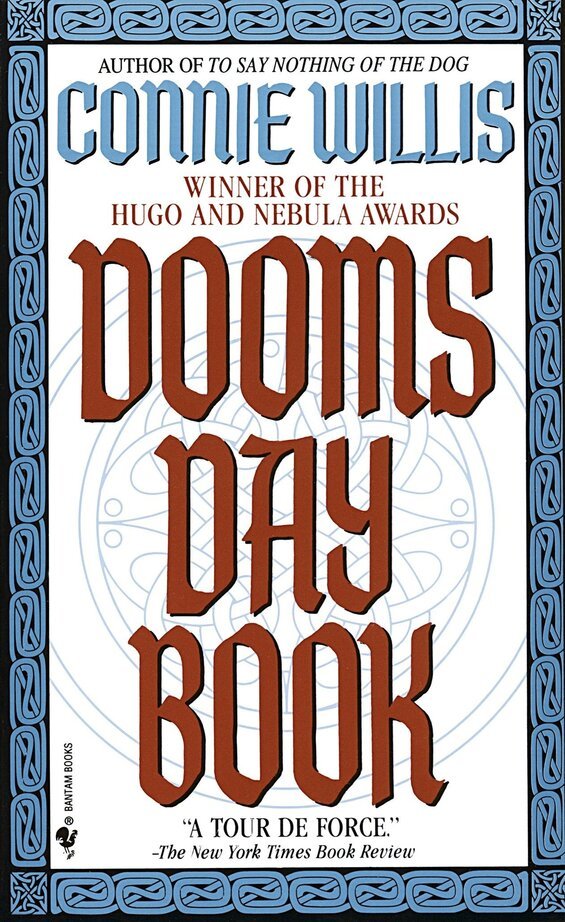
Doomsday Book (Oxford Time Travel #2 of 5) by Connie Willis—A time travel novel about the Black Death
What do we know about the past, and how do we know it? Historians rely largely on the contemporaneous written records they call primary sources. But other disciplines make important contributions to history as well, including archaeology, physics, and genetics. Still, what they learn comes exclusively from what remains of the past. What if historians could learn first-hand by sending scholars into previous centuries to compare the historical record to the reality? Award-winning author Connie Willis explores that idea in her monumental 1992 science fiction tale, The Doomsday Book, a novel about the Black Death.
Kivrin Engle is a bright and adventurous first-year student in medieval history at Oxford’s Brasenose College. In the mid-21st century, time travel is well established as a method for historians to study conditions over the past four or five hundred years, and Kivrin is eager to explore 14th-century England. Together with the acting head of medieval studies, Mr. Gilchrist, and her history tutor at Balliol College, Mr. Dunworthy, she develops a plan for a two-week visit in 1320, farther back than others have previously gone. Her target is the village of Skendgate, near the city of Bath in the country’s far southwest. Unfortunately for all concerned, everything goes wrong when Kivrin sets out for the past. Read more.
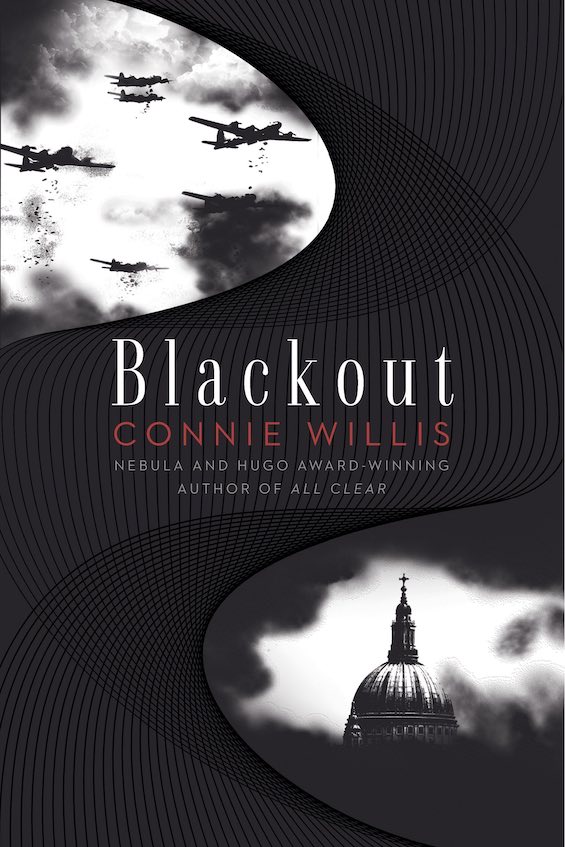
Blackout (Oxford Time Travel #4 of 5) by Connie Willis (2010) 650 pages ★★★★☆—Historians study World War II in person
History is often an unreliable guide to the past. Documents go missing or remain classified. Records may be erroneous—or even have been written to be misleading. And historians inevitably build their own prejudices and expectations into their interpretation of past events. How extraordinary it might be, then, for an historian to travel back in time and observe those events in person as they unfold. That’s the conceit at the heart of Connie Willis‘ award-winning novels about mid-21st century Oxford historians who do exactly that. Blackout is the first of a pair of those novels that trace the adventures of three young historians as they travel in time to study World War II as it happened. Read more.
Time travel novels that didn’t make the grade
Of course, I’ve read a lot more time travel stories than these few. I’m listing above only the best ones I’ve come across in recent years. Below, however, are several additional time travel novels I’ve read and reviewed that don’t merit inclusion above.
Permafrost by Alastair Reynolds (2019) 178 pages ★★★☆☆ – Time travel and the apocalypse
The Corridors of Time by Poul Anderson (1965) 186 pages ★★★☆☆ – A legendary sci-fi author makes a mess of time travel
Feedback (First Contact # 3) by Peter Cawdron (2014) 462 pages ★★★☆☆ – Time travel dominates this tale of First Contact
Quantum Time (Quantum #3) by Douglas Phillips (2019) 371 pages ★★★★☆—An entertaining tale of time travel
Hawksbill Station by Robert Silverberg (1967) 166 pages ★★★★☆ – A science fiction Grand Master gets it wrong about the future
Just One Damned Thing After Another (Chronicles of St. Mary’s #1) by Jodi Taylor (2013) 324 pages ★★★★☆ – Historians blunder about in the past in this time travel story
In addition to these five novels I gave lower ratings, there are two highly touted books I couldn’t even finish. Connie Willis’ All Clear, the sequel to Blackout, won both the Hugo and Nebula Awards. But I couldn’t get past chapter 3. And Time and Again by Jack Finney, which Stephen King calls “the time travel novel,” was so filled with trivial detail that I gave up about halfway through.
For related reading
For more good reading, check out:
- These novels won both Hugo and Nebula Awards
- The ultimate guide to the all-time best science fiction novels
- 10 top science fiction novels
- The five best First Contact novels
- Seven new science fiction authors worth reading
- The top 10 dystopian novels
And you can always find my most popular reviews, and the most recent ones, on the Home Page.

